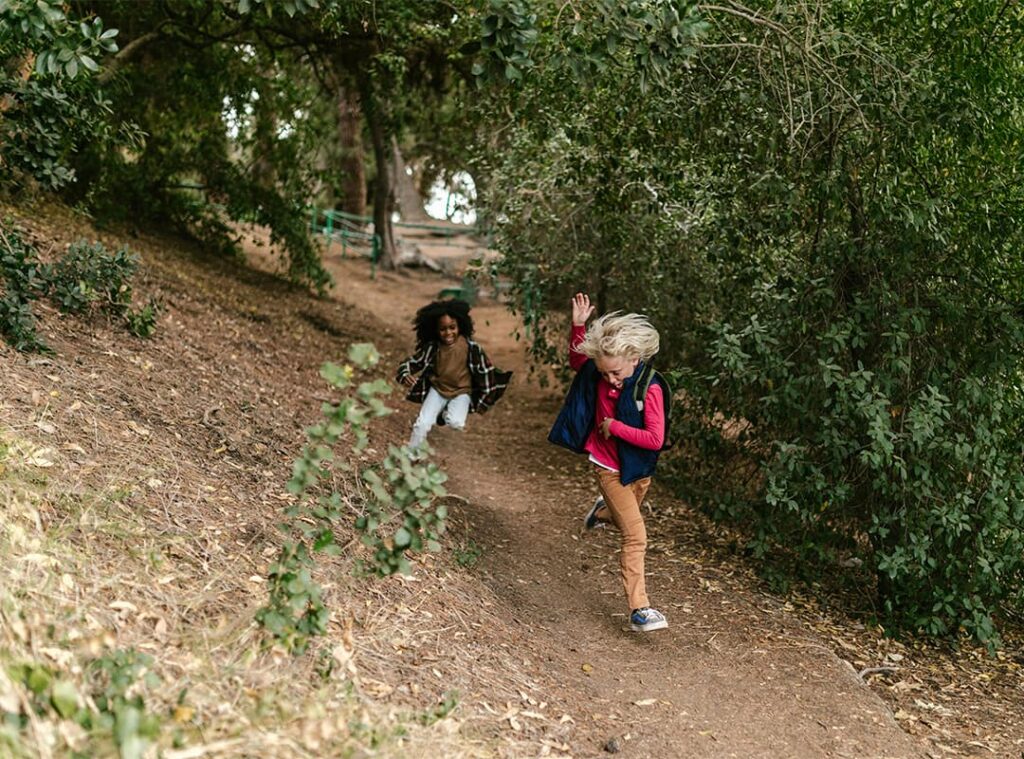Orienteering in the park and on the streets is a fun way to exercise your body, get fit, train your mind, and practice your orienteering skills. Enjoy an evening stroll or a more strenuous challenge. It is open to jogging and running enthusiasts.
All park and street orienteering events welcome people of all ages and abilities. There are a range of courses that accommodate both elite athletes and people who are just looking for a good walk to help stay fit and healthy.
You can be as competitive or as casual as you like. Park and street orienteering is the suburban version of Bush Orienteering. It can be done either individually or in groups of 2 or more, and you can choose which course and whether to walk or run.
Walkers Course – to complete the course, you visit as many checkpoints in any order you choose within one hour. Walkers MUST walk the entire time. Running or jogging is not allowed and there will be a penalty. There is also a late arrival penalty.
Runner’s course – for the runner’s course, you visit the checkpoints in number order within one hour. There is also a late arrival penalty. The runner’s course can be run and/or walked.
Street and park orienteering is enjoyed by hundreds of people of all ages and abilities, from toddlers to eighty-somethings, from elite athletes to social strollers.
How orienteering works on Park Street
When you arrive: Each participant chooses a course that suits them and receives simple instructions and a checklist to record checkpoints. You fill out the checklist and pay the entry fee.
Map: Just before the start, each participant receives a map with 20-25 pre-marked control points and a briefing about the course. The map shows where the control points are located, where you can and cannot go, and the details of the event. The map is black and white, A4 in size, 1:10,000 in scale. They are similar but more accurate than Street View or Google Maps, and they can show contours.
Control points: Control points are located on features such as light poles, fences, or trees. When you visit a checkpoint, you need to punch the corresponding square on the checkpoint card as proof that you have been there. It is up to you to decide which checkpoints to visit and in what order. It’s a challenge to quickly try to determine the best route!
Start: everyone starts at the same time. When you hear the “Go” signal, turn the map over and start the course.
Finish: You have to return to the finish line within the set time or after you find a certain number of checkpoints and hand in your control card.
All participants MUST report to the Finish, regardless of whether they have completed the course or not for safety reasons.
What you need to take with you
You don’t need much equipment to navigate Park Street.
- comfortable clothes/shoes for running/walking and extra clothes to change into after the finish line if you wish;
- watch/GPS/phone to let you know how much time you have left;
- a torch/headlamp for winter and night events. Reflective clothing is recommended;
- A bottle of water (after the race or for long-distance events);
- A compass is optional.
